In this video, I'll show you all of my favourite art supplies from 2024, the ones I used the most and are most helpful to me in creating detailed mixed media artwork.
Let's start with colour because my world is nothing without it.
Gouache paint:
This type of paint is wonderful because you can use it transparent and opaque. I have several palettes filled with paints straight from the tube or with colours I mixed myself. My favourite brand is Holbein; their gouache almost feels like spreading butter, it applies so smoothly, and they have a great colour range. I also like Winsor and Newton, which I put in this palette, mixing my own colours. Not actually a gouache, but watercolours are paints by Kuretake, Gansai Tambi. These watercolours behave like a gouache; you can also work opaquely with them, which is why I put them in this category. They work very well wet in wet, a technique I am experimenting with a lot at the moment. This set is not available, so I bought a set of 48 and a set of 24 and put my favourites together.


Acrylic paint:
Slightly different is Acrylic paint: I don't use this paint often, but it is very handy paint. Because acrylic paint cannot be activated after it dries, it works great as an undercoat for a painting or a base coat for an element. The next layer then doesn't mix with the one underneath, and you can work very layered. I also use it to paint objects such as Christmas ornaments. I try to minimise the use of this paint because I want to consider the environment and avoid throwing away too much paint. Holbein's acrylic gouache is my favourite; it is just as rich in colour and pleasant to apply as their water-based gouache.
Neocolors
My best art supply discovery is Neocolor 2s: I was never fond of crayons when I was little because my hands got dirty and you couldn't work precisely with them. But these Caran D'ache Neocolors are a game-changer. Besides having a wide range of colours, the Neocolor 2s are also water-soluble so that you can use them as paint. And for me, that’s the nicest way to work with them. There are also wax neocolors, which is the neocolor one range, but you can't draw many materials over those, so I use them much less.


Pens
For quick results, I use Watercolour brush pens. These pens are great when you don't feel like grabbing paint and putting everything down but want quick colour. I like working with Tombow brush pens, which have a great range of colours, and Ecoline pens. You can also refill the latter, which I really like. Unfortunately, they are both not lightfast, but in a sketchbook, they are wonderful to work with.
Pencils
And Coloured pencils. Pencils are my all-time favourite because you can scribble with them and add lots of details. So I have several brands, which I won’t discuss in detail, but I will make a separate video soon with my favourites for detailed linework. What I did notice is that the more expensive brands actually give value for money: they are much more pigmented and work much more pleasantly.
Top Tip
A white acrylic marker: I don't work much with acrylic markers, but a white one is a must. This one is by Pintor, but a Posca pen is great, too.It is an ideal tool for putting a shimmer in an eye, frost on leaves, water drops, highlights, the list goes on. You can use white gouache, of course, but it's so handy and quick. Love it.
What is your favourite material for adding colour? Tell me in the comments!
We also need some tools
Brushes first; I love brushes that have a water reservoir! It doesn't matter what brand you use; they all work well when painting with water-based materials. I usually use a medium size or a fine one. Because the water is in the handle, you don't have to mess with a pot, and in my opinion, you waste less water as well. You also don't have to throw the water in the sink, so it’s more sustainable because you can refill the brushes and use the worn-out ones for lovely textures. I just clean them on a cloth and paint again. You can also fill them with ink to take with you, which is the ideal brush for plein air painting. I also like to use ergonomic brushes; they are nice in the hand for painting details. These from Gerstaecker or Great Art have a sabre shape, so you can use both large and small strokes and really only need one brush. Of the larger brushes, I really like this one, which has a point at the tip, so you can also vary between large and small strokes.


Then a Sofft smudge tool: I discovered this because I saw someone working with pan pastels; I think it was Emma Carlisle. And then I thought, would they also work with water, not with pastels but with neocolors or paints? It turns out that they do :) Since, as mentioned earlier, I don't like dirty fingers, this is the ideal smudge tool because it fits nicely in the hand, and you can use different shaped sponges, which can be reused. I can use it to create even surfaces that make a wonderful base over which to draw details. I made a video for my art club, and I showed the use of this sponge in detail.
Similar is a sponge: you can use a kitchen sponge or a makeup sponge, try out the different results. I use them to make things woolly, for example, for fur. You can also create nice gradients with them.
Paper
And last but most important is paper. Paper is overlooked sometimes, but having the right paper for your project will ensure you are 1 point ahead before you even begin. If you like watercolour, you need a paper that absorbs water well. Usually, that's a cold-pressed paper, but I don't like the coarse texture, so I can't add enough detail with a pen. Hot-pressed is my favourite.
For a block, I use Fabriano Studio watercolour paper. It can hold a lot of water, but it’s also a very smooth paper, perfect for drawing details. The ideal combination for me, I can’t get enough of this paper.
Regarding sketchbooks, I like a Pith sketchbook: these can handle many different materials and open all the way, so you don't have a crease in the middle. This also ensures that you can easily scan your work and edit it on the computer without adjusting too much.
And a Seawhite Of Brighton (Eco) Sketchbook: my absolute favourite! The paper can handle a lot of water and a lot of detail, which is the ideal combination. I would actually love to have this paper in large format, too, but I haven't been able to find it in the EU yet, so if you have a tip, I'd love to hear it.
Lastly a Clairefontaine Kraftpaper Sketchbook. This sketchbook had been sitting untouched in my studio for a year, and since I picked it up, it has been one of my favorites. Because of the coloured paper, the colours you put on it come out fantastic; you actually have an underlayment already. There's a sketchbook tour where I'll show you this whole sketchbook in detail.
Last Thoughts
Something I haven't talked about in this video yet, but also notable are palettes - I have many of them and, to this day, haven't found the perfect one. I do have a fine one from Compuzzle, although I think it is no longer available. I received an Art Toolkit last year, which I hope to fill soon and I will share the process in a video.
These were all my favourite materials of 2024; I'm curious to see what 2025 brings and if my list will change drastically next year. I would love to hear what your favourite supplies are and if you might use the art supplies I mentioned.
Thanks so much for reading and watching. Don’t forget to like this video; it really helps me to get seen, and if you’re into drawing with our art club members, I hope to see you there!


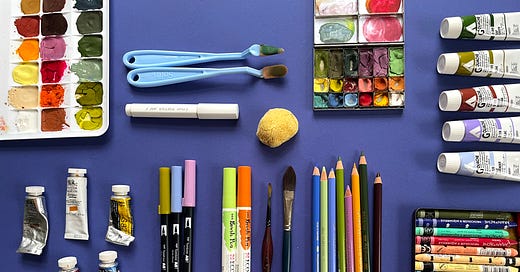


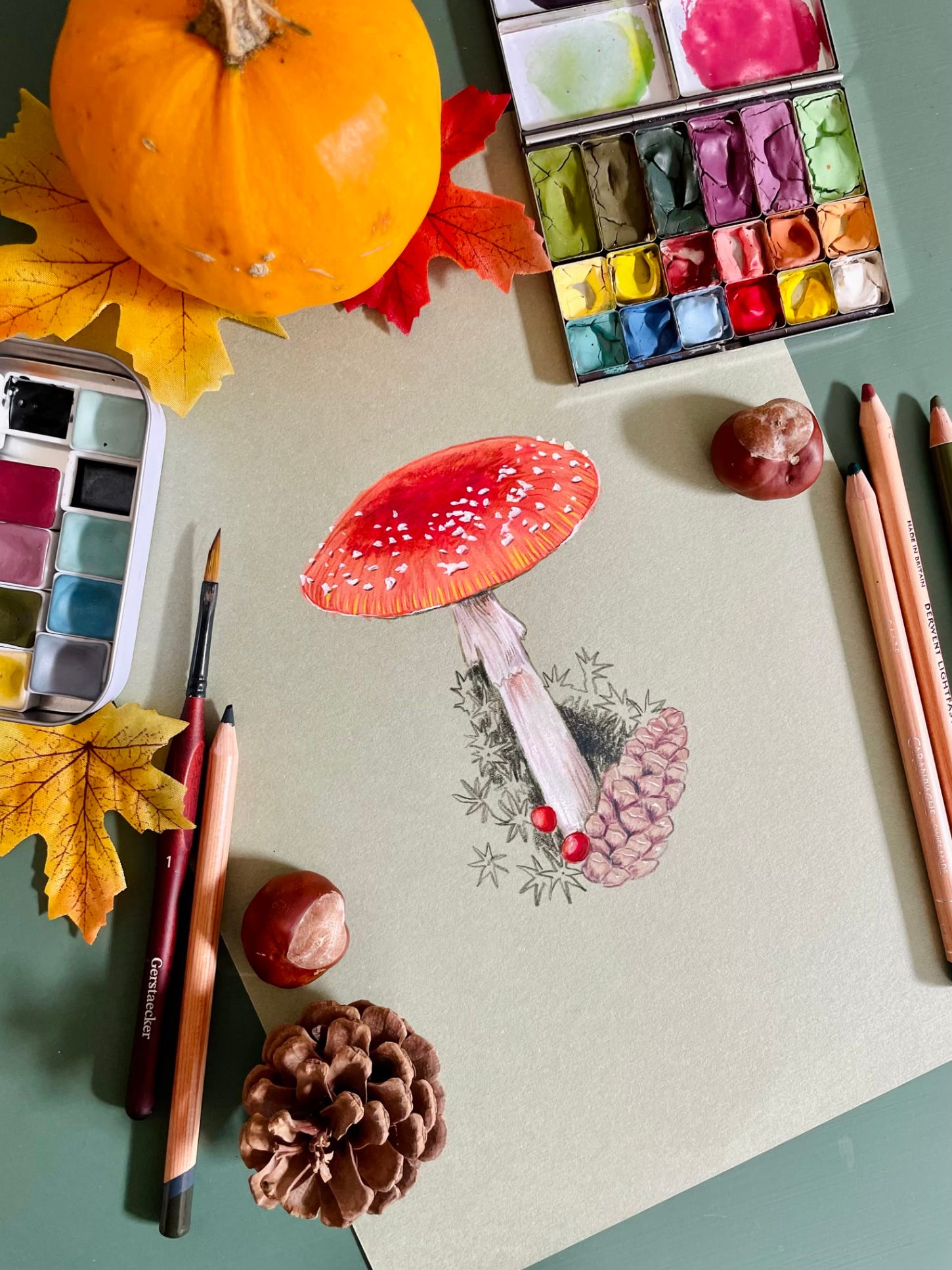
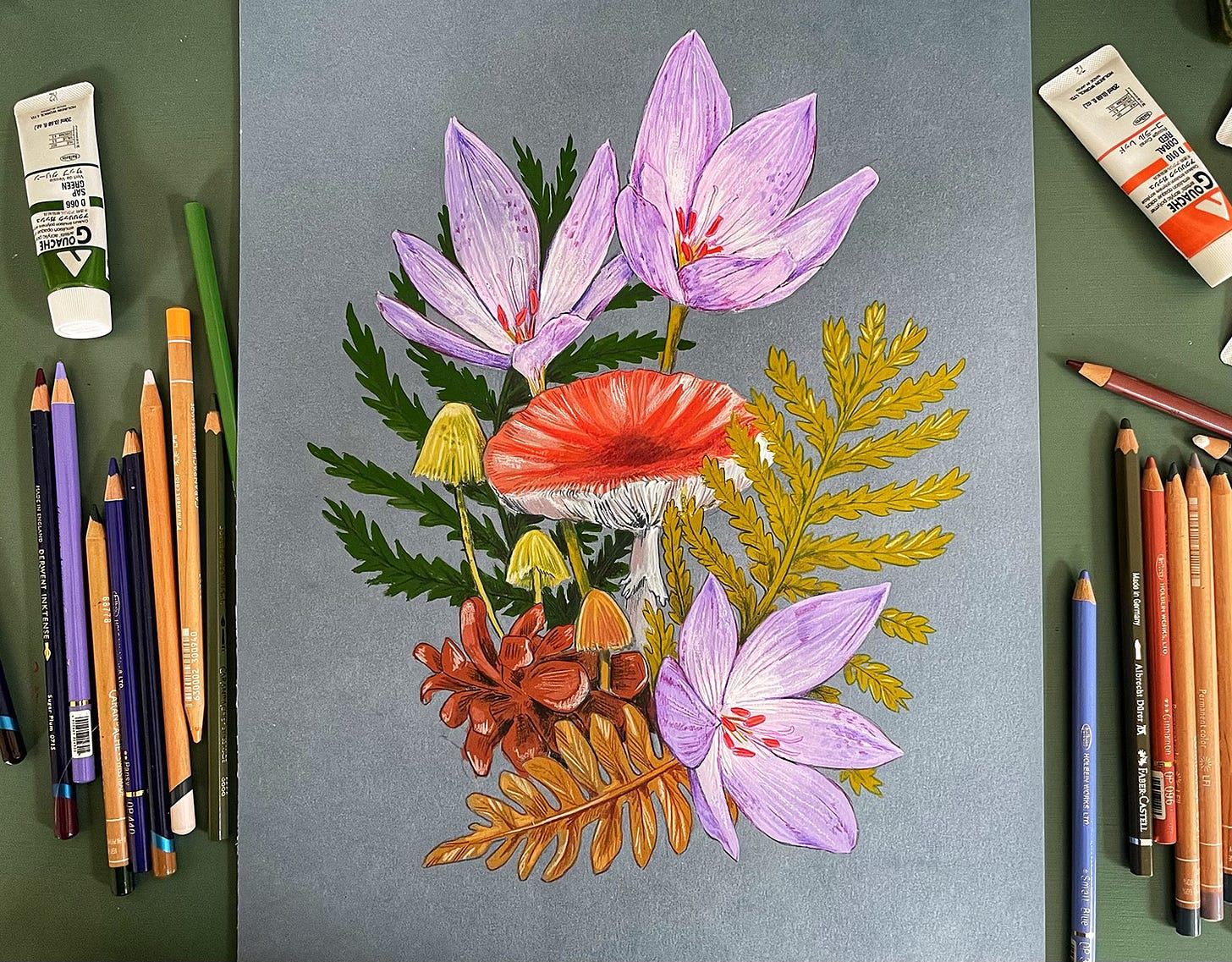
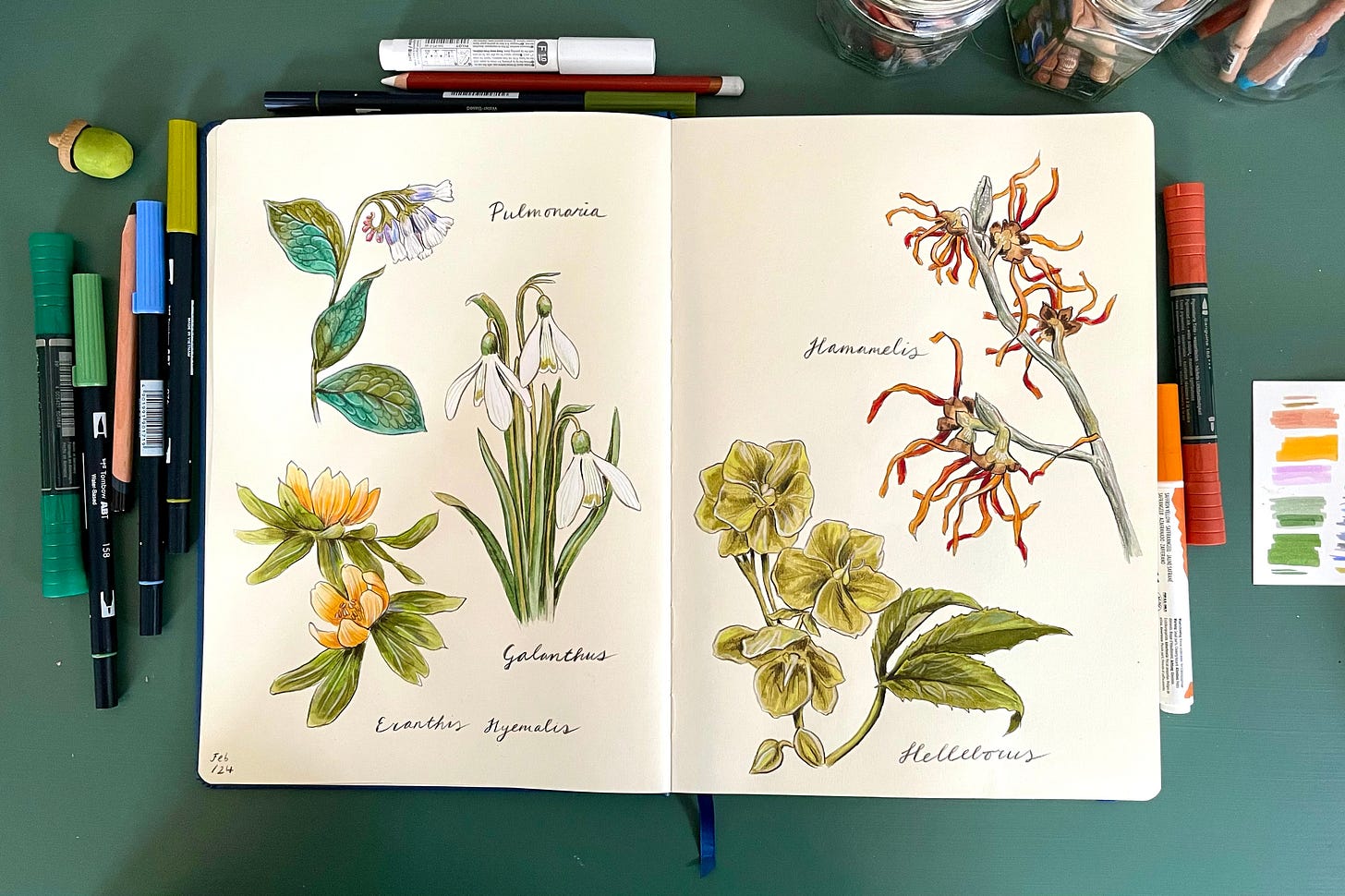

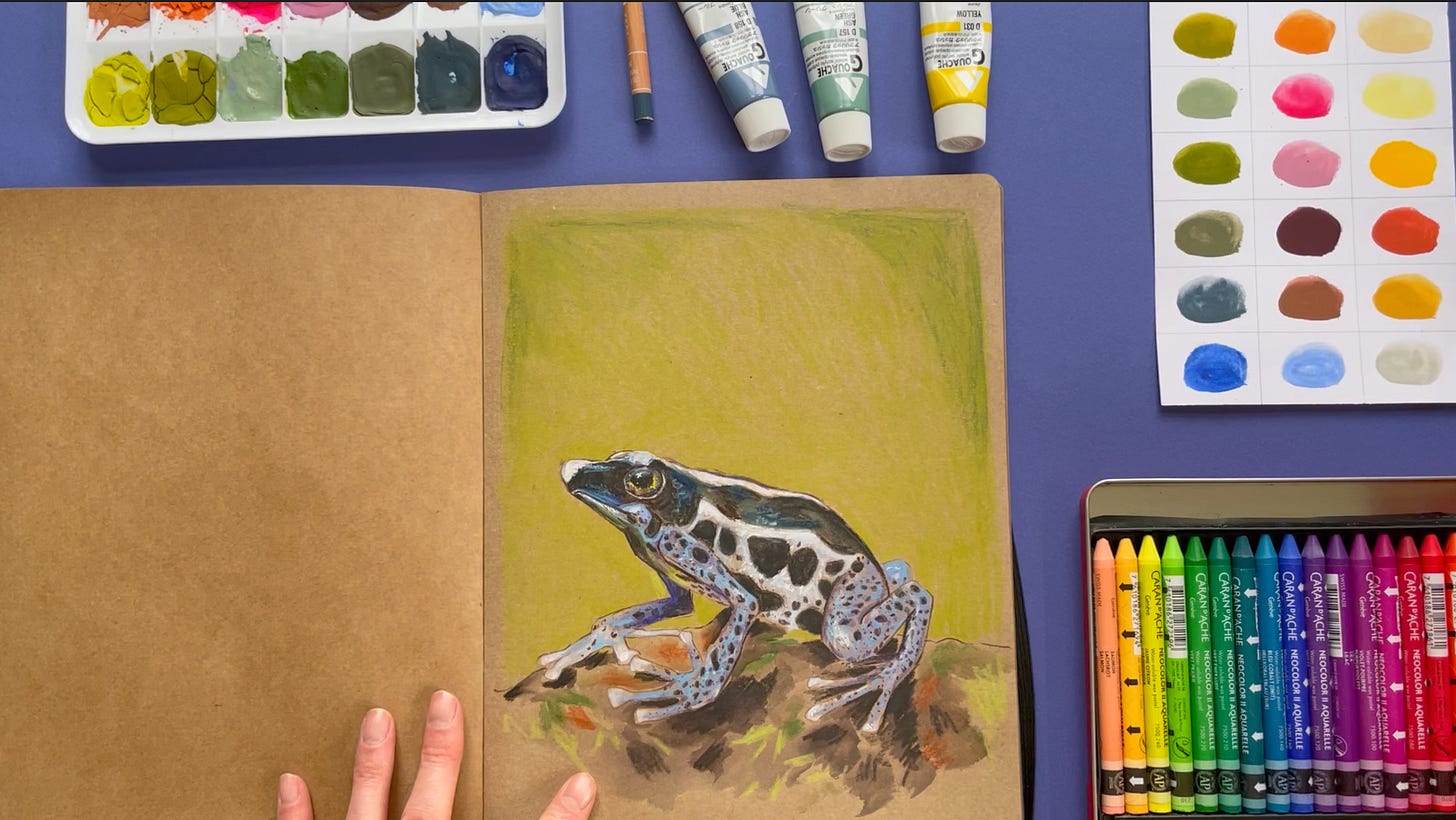

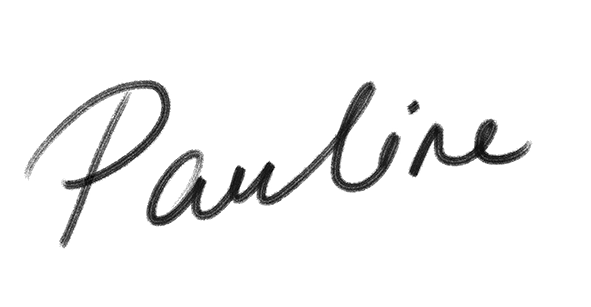
A great video as always Pauline, to see so much colour make us instantly happy 😍 you always make me want try sponges and I keep forgetting it!
Loved watching this with my morning coffee! I ordered some acrylic gouache yesterday and can’t wait to try it out now 😄
You mentioned you might make a future video on pencils - if you have any recommendations for opaque pencils that sit on top of other media I’d love to learn more 💫